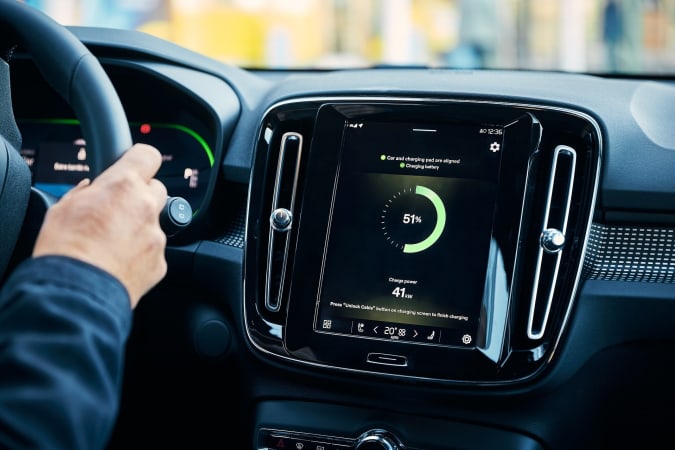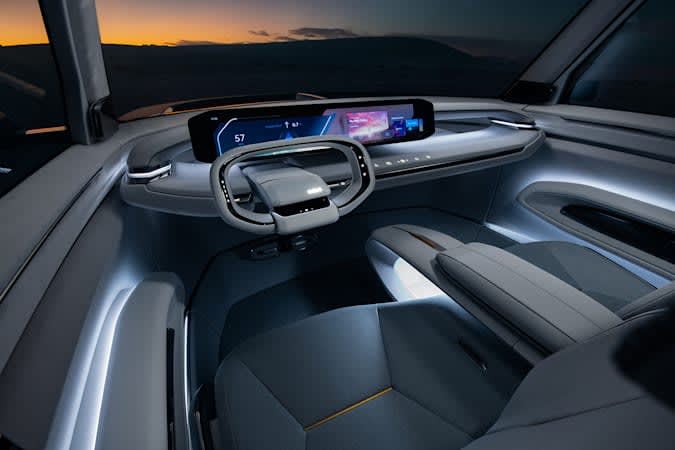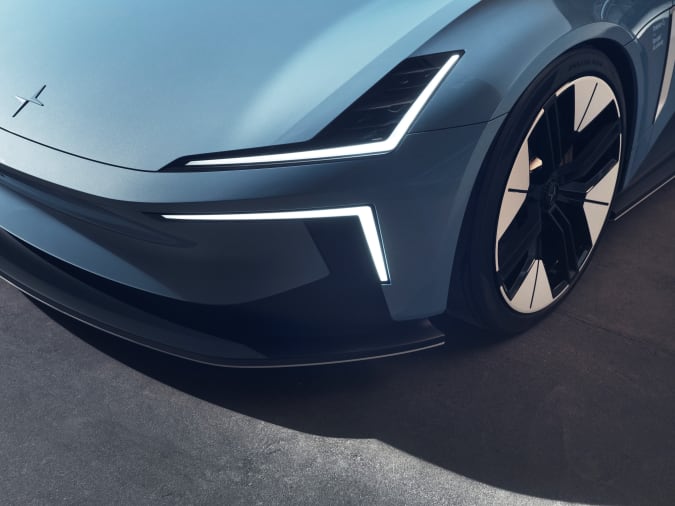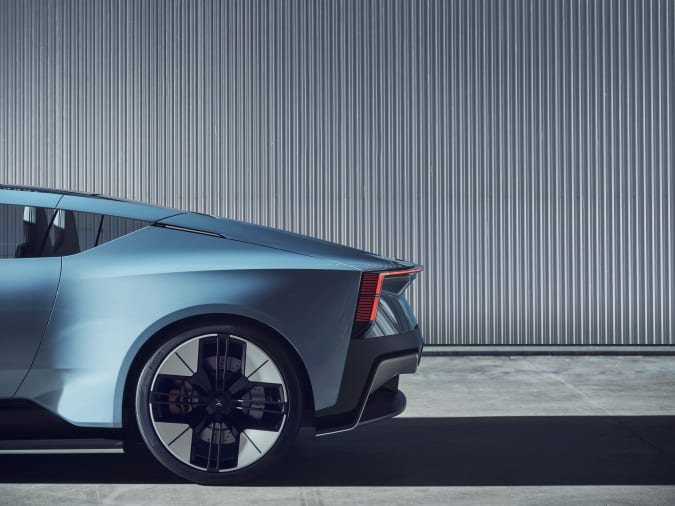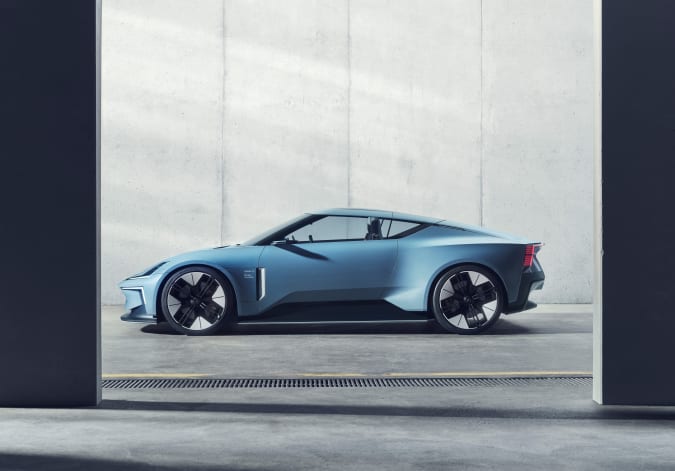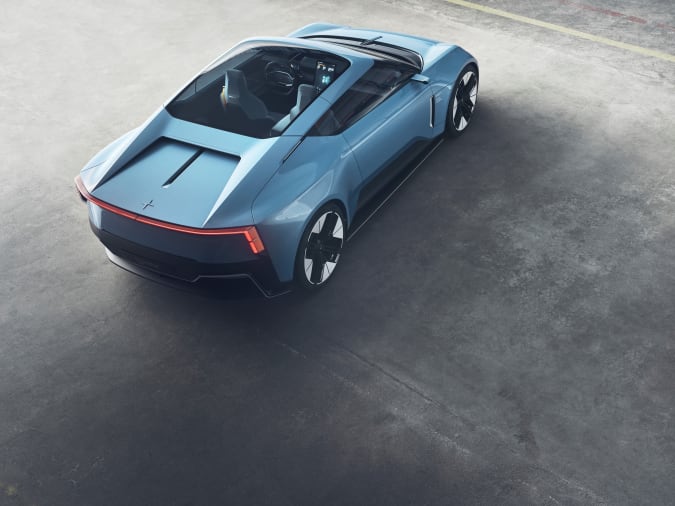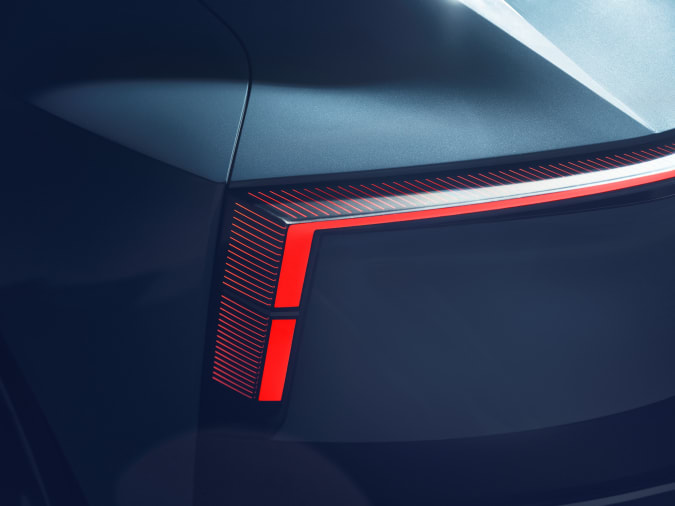Once upon a time, I had a truck. I loved that truck! I didn’t actually use the truck as a truck all that often, so eventually I sold it and bought something more in tune with my daily needs. Something more “practical,” I suppose. I still miss that truck.
Now the few times a year I do need to use a truck as a truck, I’ve gotta convince a buddy to let me borrow theirs for the 34th time or try to nab a rental at the big box hardware store. Hope one is available by the time I get there, wait in line, fill out the paper work, run out to my car because I forgot my insurance card, get back in line, yadda yadda.
Fetch, a company we first wrote about a few years ago, makes the process a bit easier: find a truck (or van!) nearby, reserve it through the app, walk up and unlock it from your phone, and be on your way. This week the team is announcing that it has raised $3.5 million to help expand their team and operations. To make Fetch happen, you could say.
Fetch is up and running in a handful of cities for now, but that list is starting to rapidly grow. They first rolled things out in their hometown of Atlanta, recently expanding operations to Baltimore, Philadelphia, Dallas and Washington, D.C. Fetch co-founder Adam Steinberg tells me they plan to be in “another 12 cities” by the end of this year.
The company’s business model has expanded quite a bit since the last time we wrote, as well. Previously, all trucks available on Fetch were owned by Fetch; these days, it’s a marketplace where anybody with an available truck (be it companies with fleets or individuals with a spare vehicle, as long it can be available for rental seven days a week) can rent it out.
Once onboarded, truck owners plug in Fetch’s hardware to allow approved renters to unlock the vehicle and get moving. Renters need to have their own insurance, though Fetch also provides secondary insurance to help augment those policies.
Pricing for rentals varies a bit depending on what you’re looking for — the vehicle size, how many miles you’ll drive and, as trucks can be rented by the hour or day, how long you need it. For example, a 6′ pickup in Atlanta is currently on the site for $19 an hour, or $70 per day with 50 miles included.
Why build something like this when other on-demand car rental services exist? It’s all about the target audience. It’d feel a bit weird to hop on a vacation car rental app when you just want something to move a thousand pounds of wood, or get that old desk out of the office. “Our ideal customer is a small business owner,” says Steinberg. “Caterers, event planners, small businesses that need trucks on a recurring basis.”
Steinberg tells me the company has also “achieved profitability on a per rental basis,” and that they now have “hundreds of trucks live on the marketplace” — with about half of their vehicles currently in the Atlanta area. They’ve also partnered with Home Depot to power the retailer’s rental process in select areas.
Next up? Grow the team. The company is currently made up of 12 people, with plans to double that in the next three months or so.
This round was led by NextView Ventures, and backed by Knoll Ventures, Zeno Ventures, Nassau Street Ventures and a number of angels.

